
-
Updating Roman Jakobson’s ‘Poetic Function’ with Vector Semantics
Read more: Updating Roman Jakobson’s ‘Poetic Function’ with Vector SemanticsKurzynski discusses how poetry extends beyond sound and rhythm and taps into a deeper network of meanings.

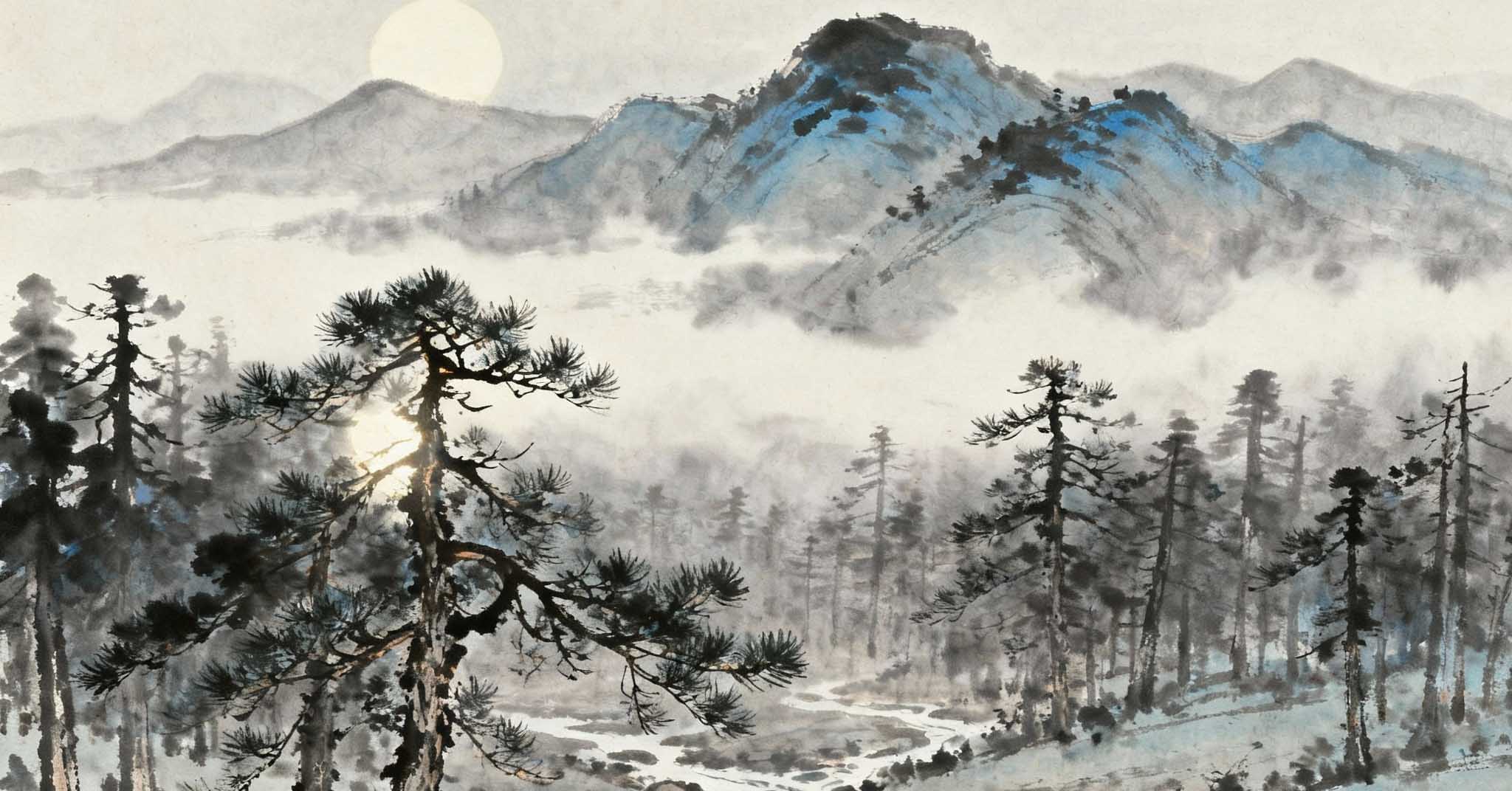
Kurzynski discusses how poetry extends beyond sound and rhythm and taps into a deeper network of meanings.
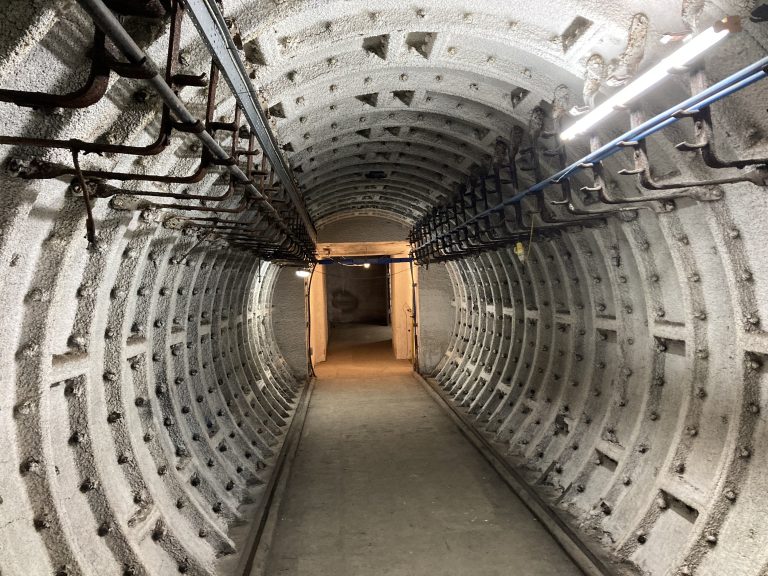
Jim Gledhill on the organisation of civil defence in Scotland amidst Cold War tensions.
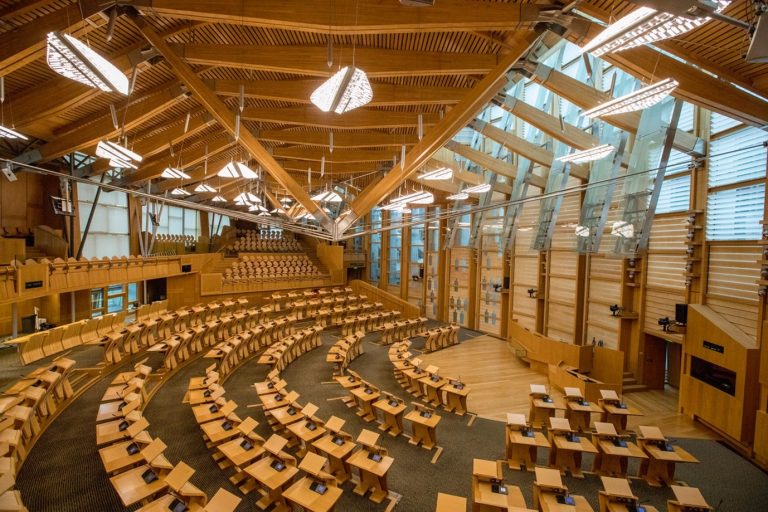
David McCrone explores public opinion on the devolved Scottish Parliament over the past 25 years.
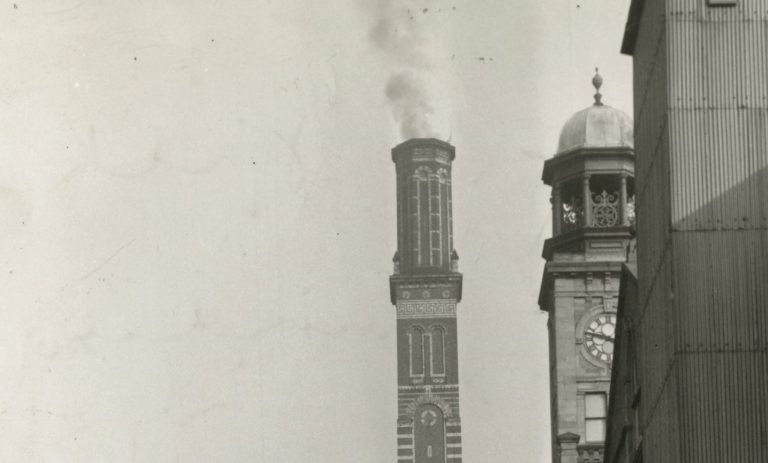
The authors of The Triumph of Textiles discuss poverty and prosperity during Dundee's time as a textile town
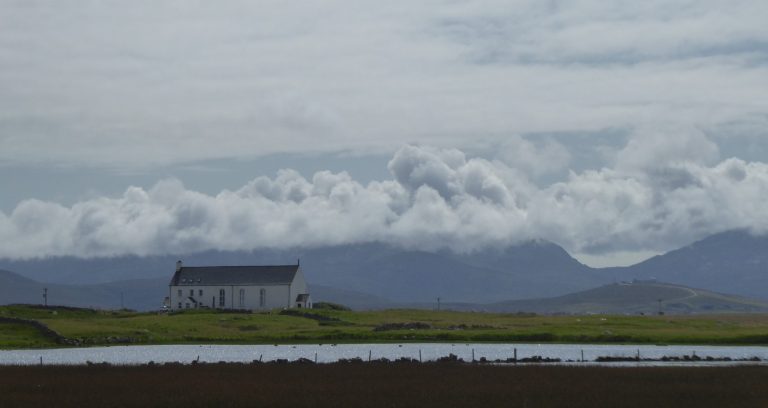
Neil Bruce on the inspiration behind his new featured article in The Innes Review.
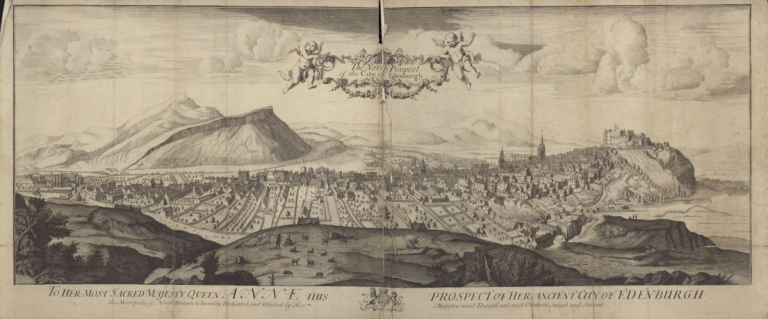
Vaughn Scribner on Dr. Alexander Hamilton, transatlantic voyages past and present, and finding connection in far-flung places.
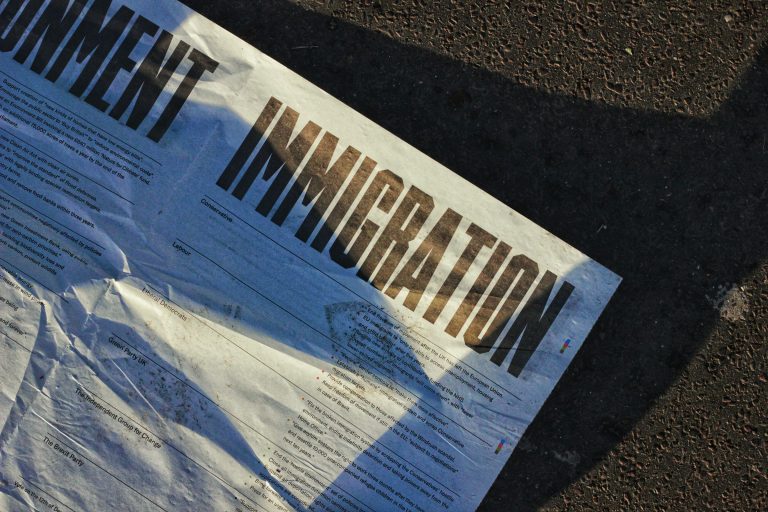
The author of The Politics of Immigration in Scotland discusses the benefits of a regional immigration policy for Scotland.
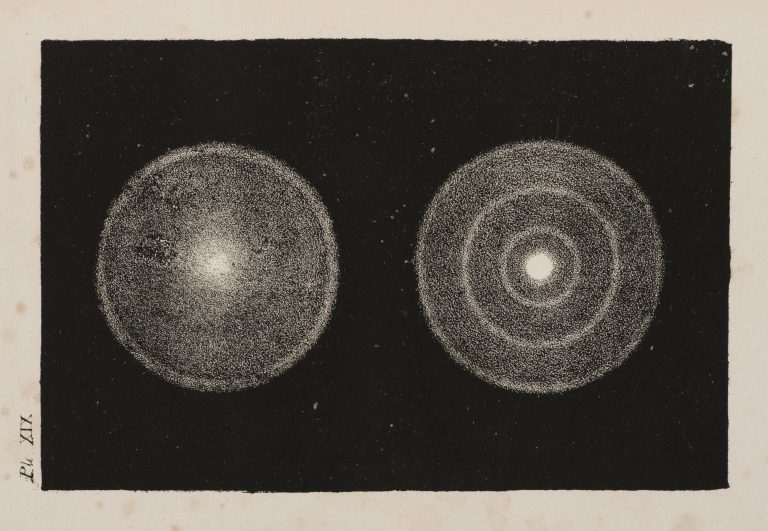
The surprising role of scripture in developing scientific theories of the universe in 19th-century Scotland.
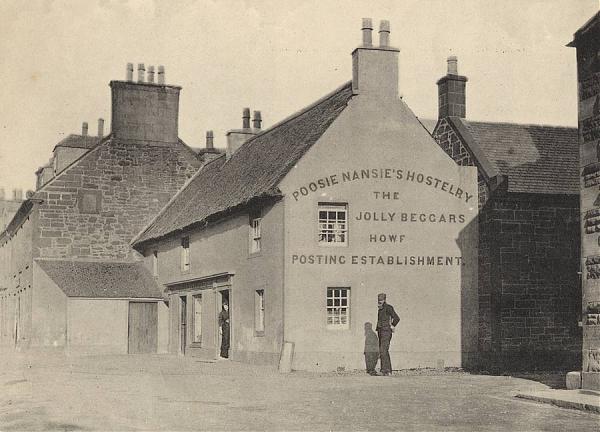
The editor of the International Review of Scottish Studies introduces the new special issue.
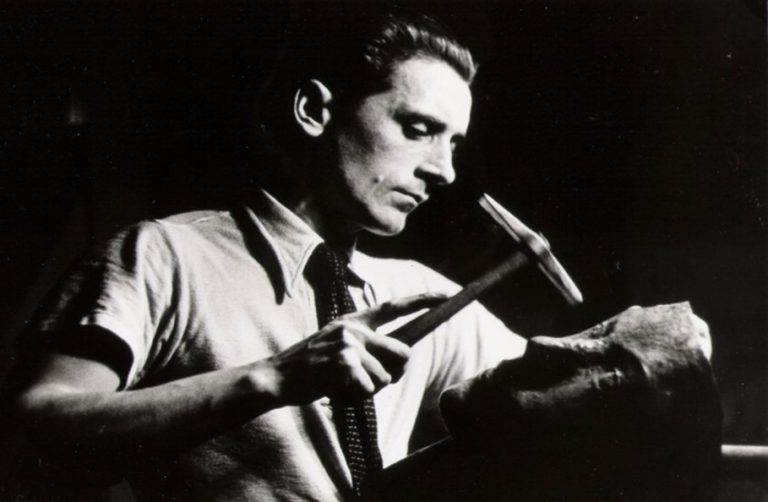
Robin Jackson explores the life and extraordinary range of work of 20th century German artist Hermann Gross